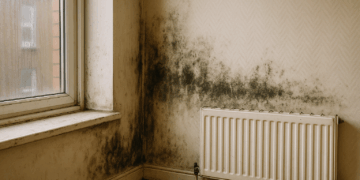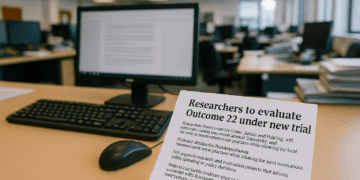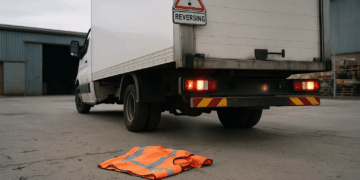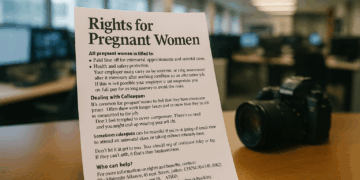Story Highlight
– 25% of workplaces require mandatory hearing protection.
– 75% of employees lack knowledge on equipment management.
– 95% of employers haven’t verified hearing protection effectiveness.
– 63% of noisy environment employees lack proper guidance.
– Serious gaps in hearing protection implementation identified.
Full Story
A recent report by the Health and Safety Executive (HSE) indicates that a significant proportion of workplaces are failing to implement adequate hearing protection measures. This investigation revealed that 25% of workplaces recorded noise levels necessitating mandatory hearing protection, yet over three-quarters of employees reportedly lack essential knowledge regarding the proper storage, maintenance, and reporting of faults related to their protective equipment.
The findings, published on 10 September, highlighted alarming gaps in compliance, with 95% of employers not verifying whether their staff could hear crucial warning signals, including fire alarms and reversing vehicle alerts, while wearing hearing protection. These insights point to serious shortcomings in training and management of hearing safety protocols across various sectors.
Amanda Caldeira, director of the health and safety consultancy Caldeira, emphasized the need for a supportive environment where employees feel comfortable raising concerns regarding potential hearing risks. She urged that the responsibility of safeguarding employee welfare extends beyond environments typically classified as hazardous.
Research also revealed that 63% of workers in noisy settings had not received adequate education on the importance of consistent use of hearing protection in high-decibel situations. Phil Pinnington, head of audit and consultancy at the British Safety Council, expressed concern over the findings, noting that prolonged exposure to excessive workplace noise poses a substantial risk of irreversible hearing loss. He remarked, “Noise-induced hearing loss is preventable but often occurs gradually, making it difficult to detect until significant damage has occurred.”
Pinnington recommended that employers adhere to the ‘Control of Noise at Work Regulations 2005’ to mitigate these risks. This includes evaluating noise exposure, implementing measures to reduce it—such as employing quieter equipment—and ensuring adequate provision of hearing protection when necessary. He mentioned that comprehensive risk assessments and training programs should be established to educate both employers and employees about the health risks associated with noise.
Highlighting the seriousness of these gaps in practice, Chris Steel, HSE’s principal specialist inspector, stated, “The gaps that we found in implementation are serious. They place an added risk to workers of excessive exposure to noise when they may believe they are being protected.” He further questioned the reliability of the hearing protection provided, urging employers to ensure that it is functional, properly utilized, and does not impede workers’ ability to hear important safety signals.
The HSE’s assessment of noisy workplaces is based on measuring daily noise exposure. It outlines a series of guidelines, stating that action is required at noise levels of 80 dB (daily/weekly) or 135 dB (peak), with more stringent measures necessary at 85 dB (daily/weekly) or 137 dB (peak), and that noise levels must not exceed 87 dB (daily/weekly) or 140 dB (peak) in any working environment.

































This is alarming. Employers must ensure hearing protection is not just provided but correctly fitted, maintained and its effectiveness routinely checked. Training should cover when to use protection, correct fit and care, and the limits of different types of protection. Risk assessments need updating and control measures such as engineering controls and quieter equipment should be considered before relying on personal protective equipment. Regulators and industry should support clear practical guidance and enforcement so workers are not left at risk of permanent harm.
This report is a stark reminder that simply providing ear protection is not enough. Employers must ensure devices are fit for purpose and that staff know when and how to use and maintain them. Regular checks and measurements are essential to confirm protection is effective and to prevent long term hearing damage. Training should be practical, repeated and recorded, and managers must act on audit findings to close these glaring gaps.